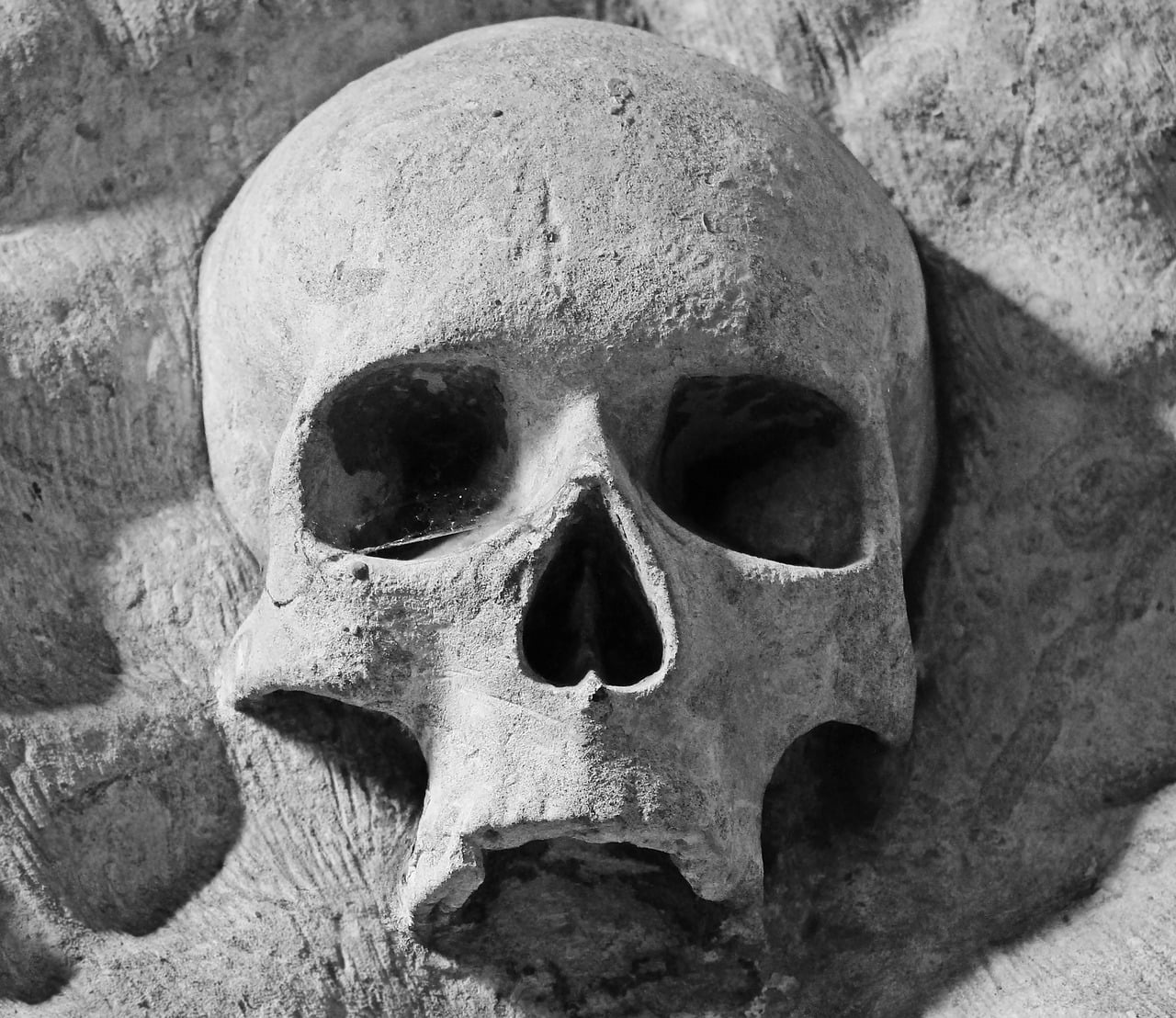Scientists have been wondering why modern humans’ skulls are rounder than those of our ancestors and Neanderthals. Now a group of scientists from the Max Planck Institute for Evolutionary Anthropology suggests the skull shape of modern humans was handed down from Neanderthal genes.
After conducting an extensive study, a team of scientists from different branches and disciplines sequenced a pair of genes they believe impacted changes in the shape of human skulls over millennia. They also say the genes they studied were Neanderthal genes.
The researchers published the results of their study on the skull shape of modern humans on Dec. 13 in the journal Current Biology. The study looks at how the skull shape of modern humans was influenced by the genes of ancient humans. The study’s abstract explains that the globular shape of our skulls distinguishes us from our ancestors.
“Billions of people living today carry a small fraction of Neanderthal genes in their genome — a distant echo of admixture when our ancestors left Africa and encountered Neanderthals,” study author and paleoanthropologist Philipp Gunz of the Max Planck Institute for Evolutionary Anthropology told CNN.
Gunz suggests fossils, genetics and brain imaging can be used to learn more about how evolution changed humans over thousands of years and diversified modern humans from their ancestors. They referred to MRI scanning to study the cranial shape of 4,500 peoples’ brains and then tested their genomes to see if they had any remaining Neanderthal DNA.
They also studied fossil skulls, sequenced ancient genomes and made images of both Neanderthal and modern human skulls to compare them. This approach helped them uncover two genes they believe discreetly affected the skull shape of modern humans.
“It gives us our first glimpse of how genes might contribute to this particularly striking aspect of the anatomy of our species,” Max Planck Institute for Psycholinguistics Director Simon Fisher told CNN.
The scientists then studied those genes in depth. They now believe that chromosomes one and 18 determined how two nearby genes called UBR4 and PHLPP1 worked and shaped nerve cells.
“We know from other studies that completely disrupting UBR4 or PHLPP1 can have major consequences for brain development,” Fisher said in a statement.
However, Fisher added that this study has nothing to do with the claim that people with elongated skulls are more Neanderthal in nature. That claim stems from a study last year which suggested that people whose skulls are more elongated than others have more Neanderthal genes. Rather, the new study aimed to explain the evolution of skull globularity and modern human biology.
According to paleoanthropologist Chris Stringer of the Natural History Museum in London, who is not affiliated with the study, this is “certainly an important study” which reveals how pieces of Neanderthal DNA can affect the way our brain forms and its functions.
“The research shows how the evolutionary change to a globular brain shape in modern humans (and reflected in a more globular braincase in fossil humans) was a complex multi-stage process rather than a simple switch,” he told CNN.





